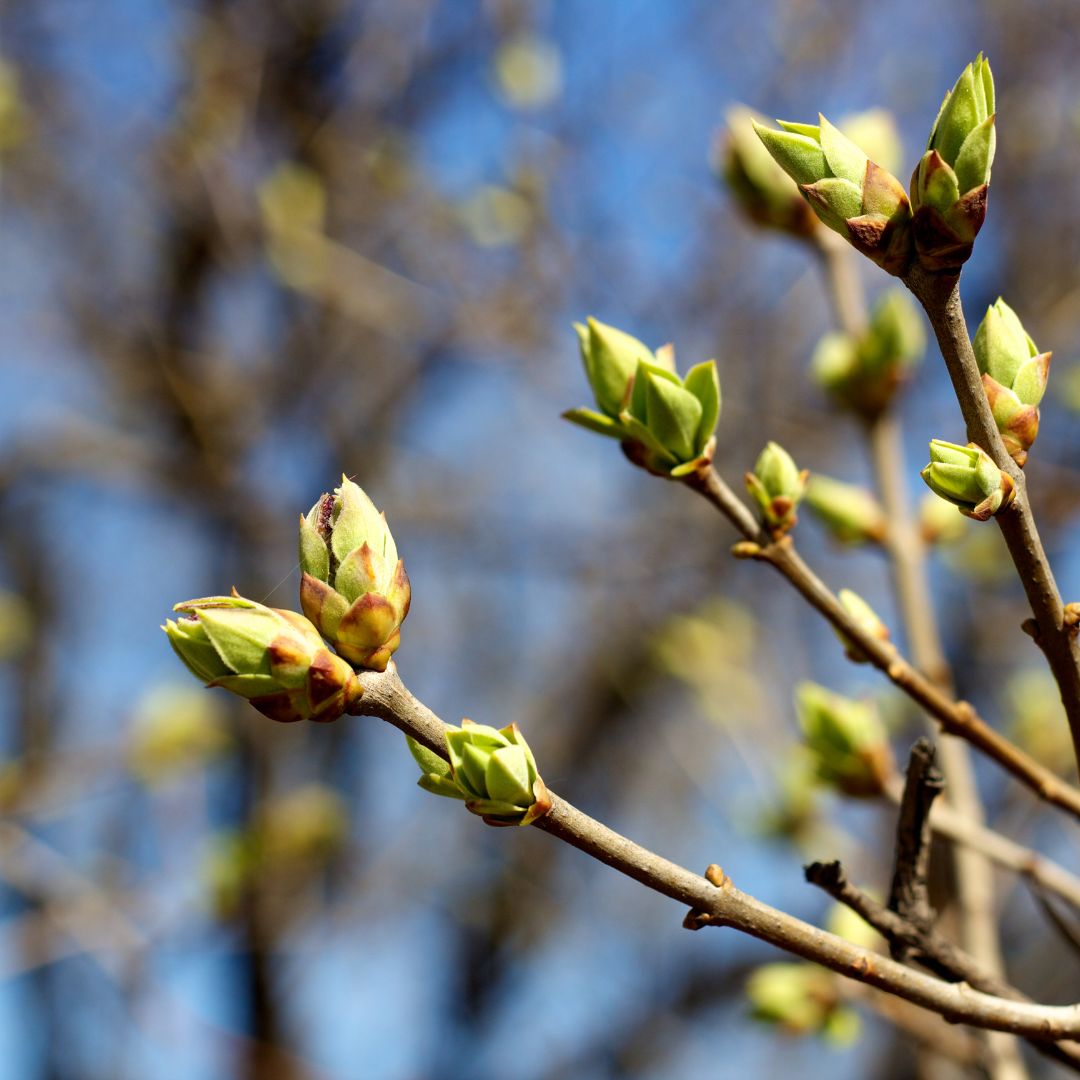

April Gardening To-Do’s
April is here! There are signs of spring popping up everywhere you look. Early bulbs have emerged, trees are showing new buds, and perennials are
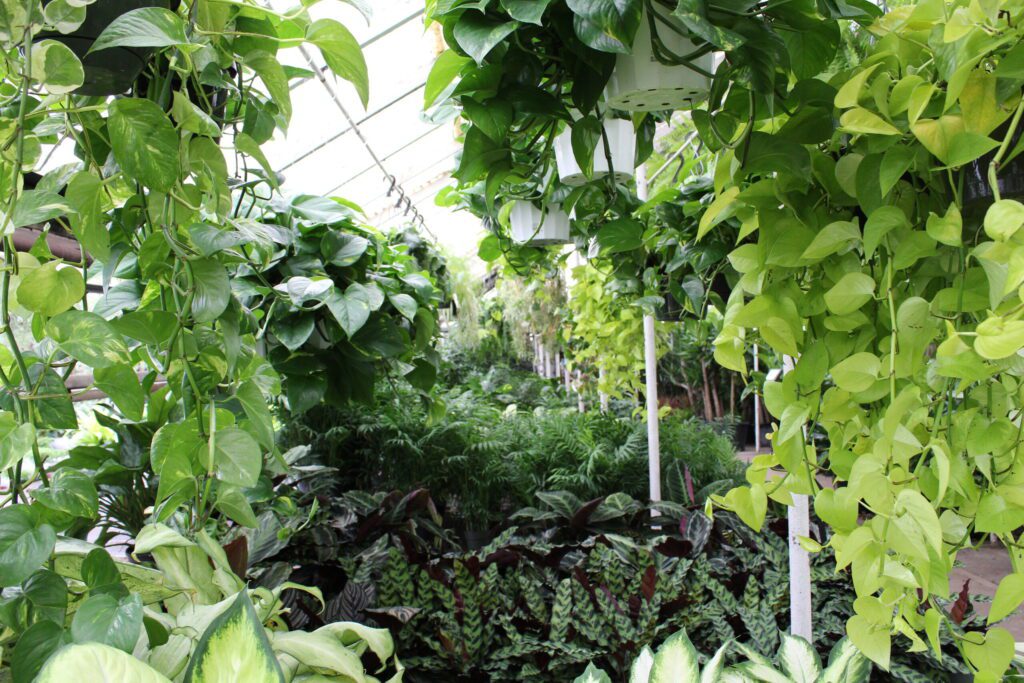
There are so many benefits of having houseplants in your home. Houseplants help create a better living environment by purifying the air you breathe. They add humidity to your living space, which also raises air quality. Plus, they look beautiful and elevate your personal decorating style.
We have plants for beginners and plant masters alike! Our staff at City Floral won’t just send you home with an indoor plant, we’ll ensure you have all the information to keep your plants healthy and happy.
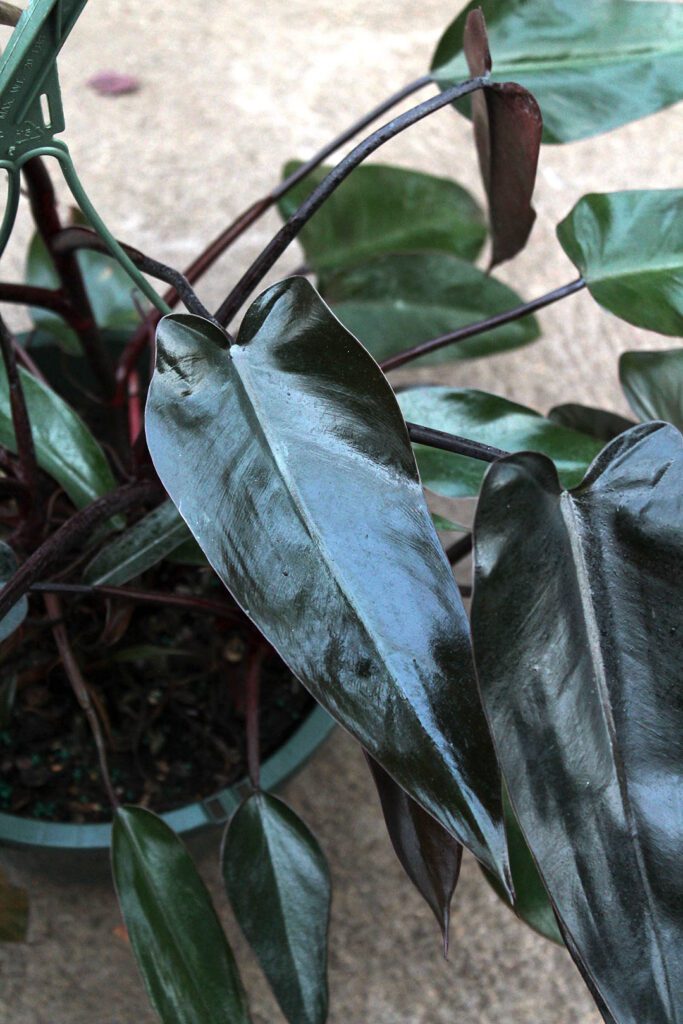
Philodendron “Bloody Mary” makes a fantastic houseplant due to its ease of care and dramatic foliage. Bloody Mary sports narrow leaves as a juvenile plant and will begin to produce a wider leaf blade as the plant matures. Distinct, deep maroon stems make this philodendron really stand out.
All the benefits of repotting with none of the mess or hassle! Drop off your plant and its pot at the store and pick up when it’s ready!


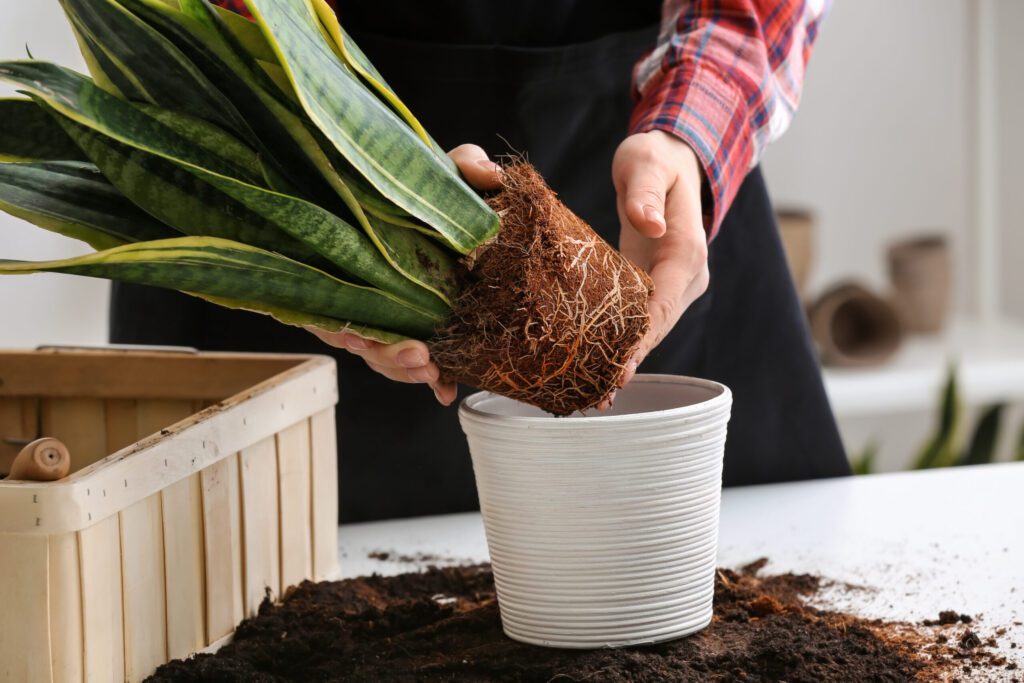

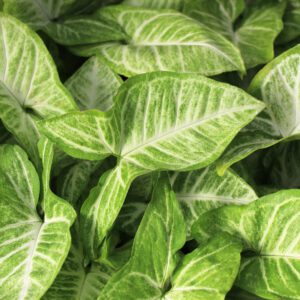

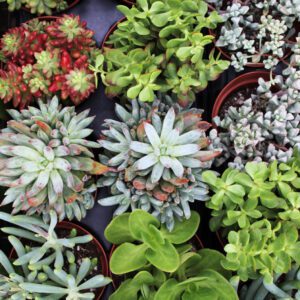

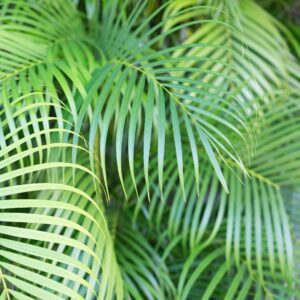

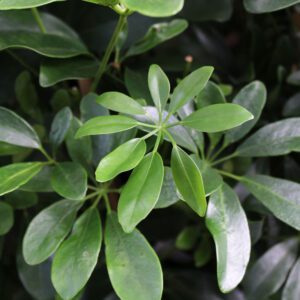

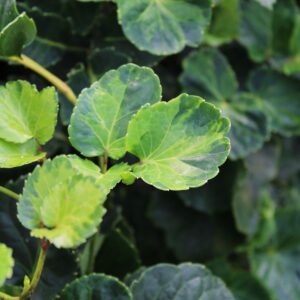

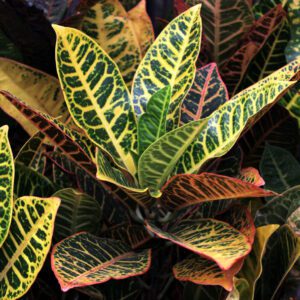

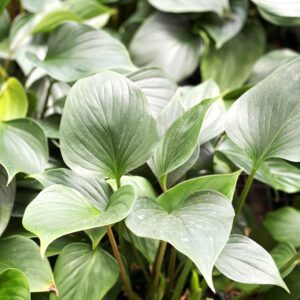

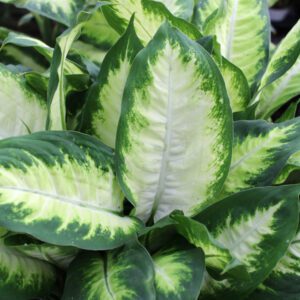

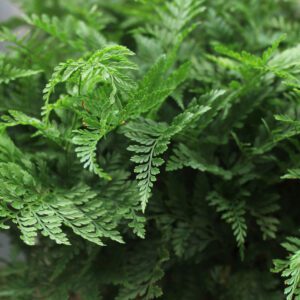

We have traditional low-light houseplants, full-sun plants, cacti, succulents, and everything in between. Don’t be discouraged if you think you have a brown thumb.
Low light houseplants are perfect for areas of your home that get less natural light during the day. These plants include sansevieria, some fern varieties, pothos, dieffenbachia, & philodendrons, to name a few. Our Greenhouse is full of low-light houseplants ready to bring some foliage to your home.
Bright light houseplants are great for rooms in your home which get plenty of light. Some of these plants will even thrive in direct sunlight after some conditioning. Also great for cleaning the air you breathe, houseplants like cordyline and croton bring color and foliage to add to your interior decor.
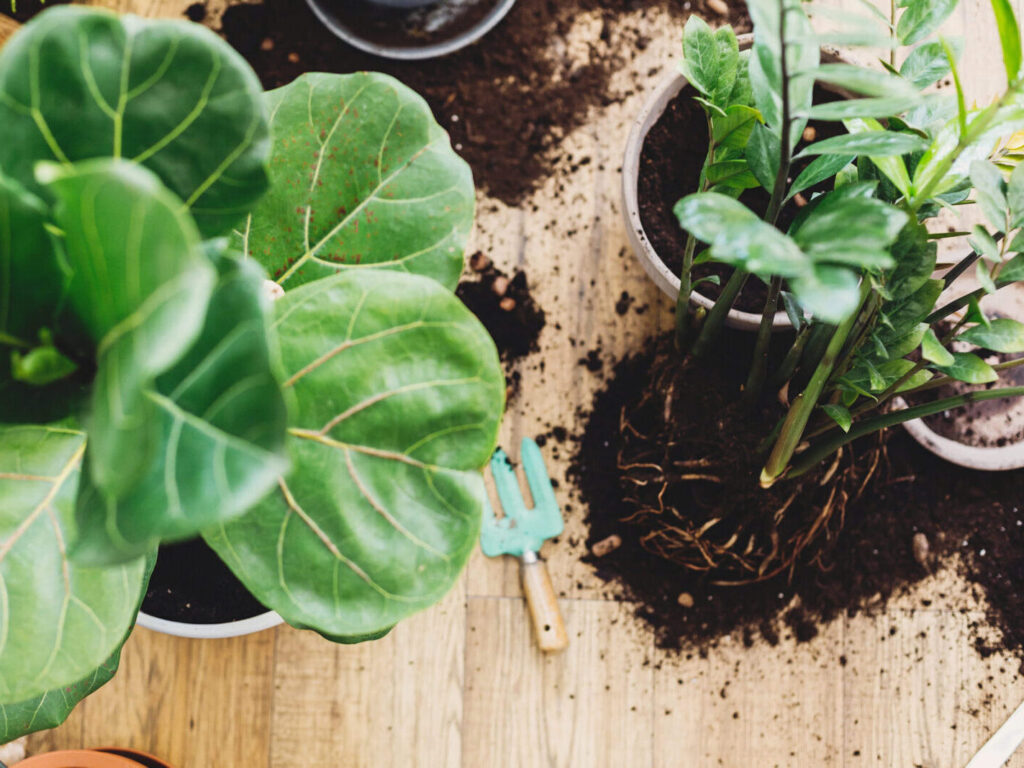

Houseplants need soil to live. It’s where the roots can absorb the essential water and nutrients that allow them to grow big and strong! Here at City Floral we’ve taken the guesswork out of which soil to choose by carrying the best soils for houseplants.
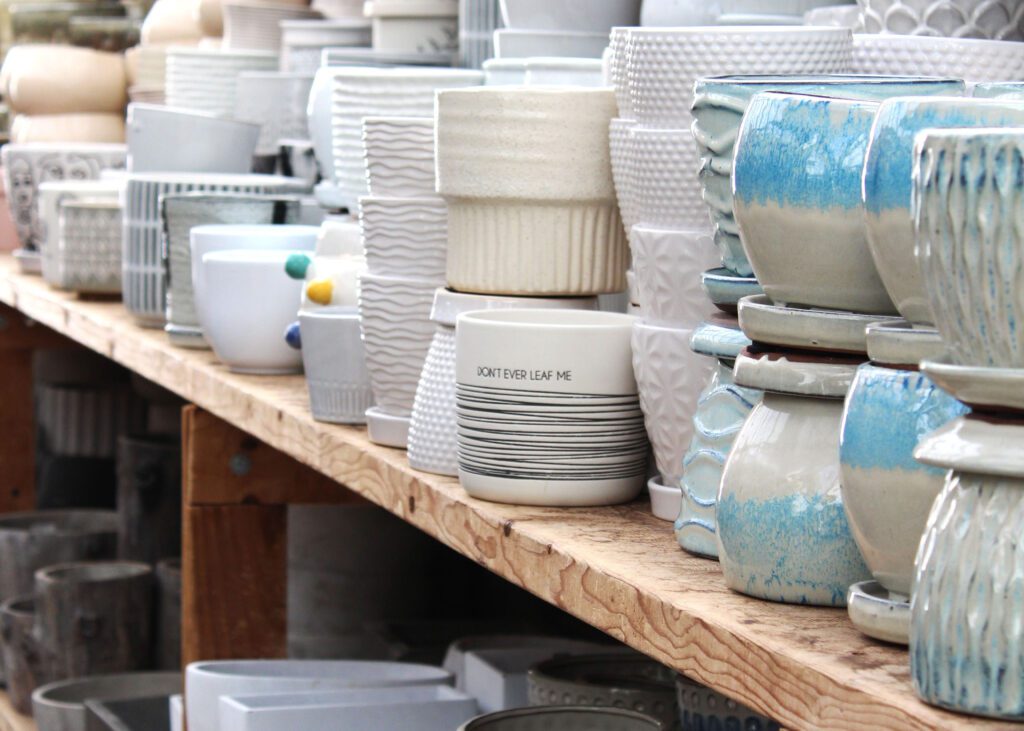

Nothing makes a houseplant more welcoming in your home than a beautiful pot. We have a wide range of options that will make decorating a traditional, rustic, modern, or cottage style home a snap. Come check out our huge selection of pots and containers for your houseplants!
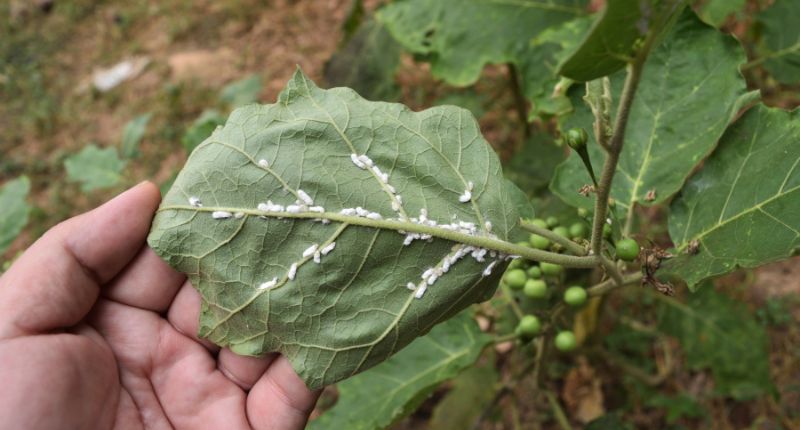

Like any plant, houseplants can potentially contract diseases or pests in their lifetime. We can help identify and control houseplant pests and diseases by recommending the right product. Remember, we offer a 30-day guarantee that any plant purchased from City Floral will be free of pests and disease.
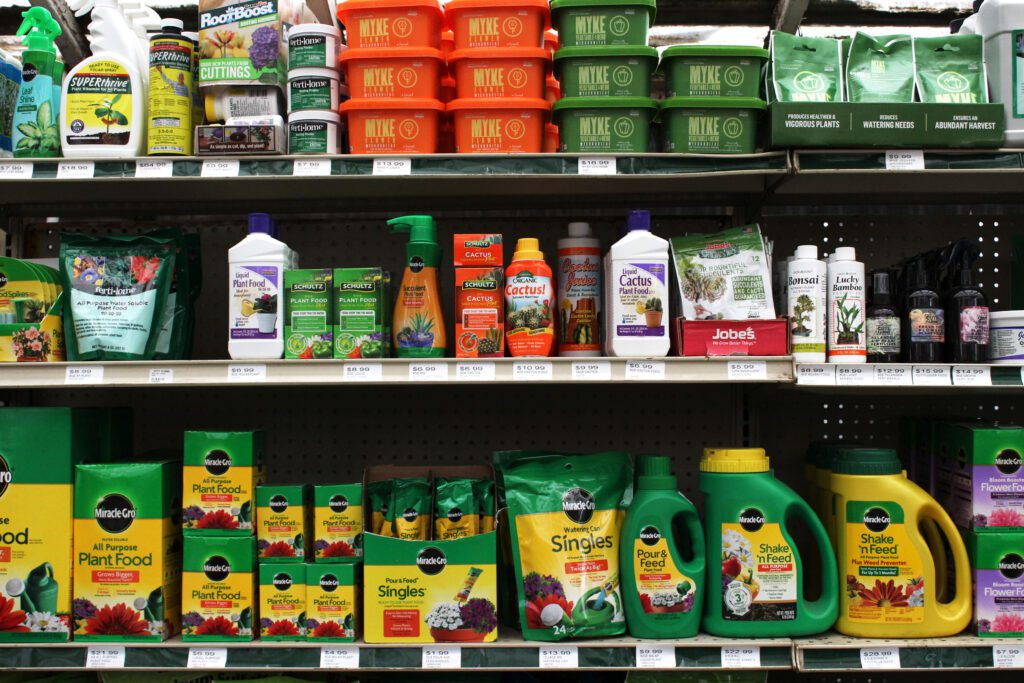

Fertilizing your houseplants is a great way to give them that little extra boost during the growing season. Here at City Floral, we can recommend the best fertilizer for your specific houseplant and help you determine when to fertilize them.


April is here! There are signs of spring popping up everywhere you look. Early bulbs have emerged, trees are showing new buds, and perennials are
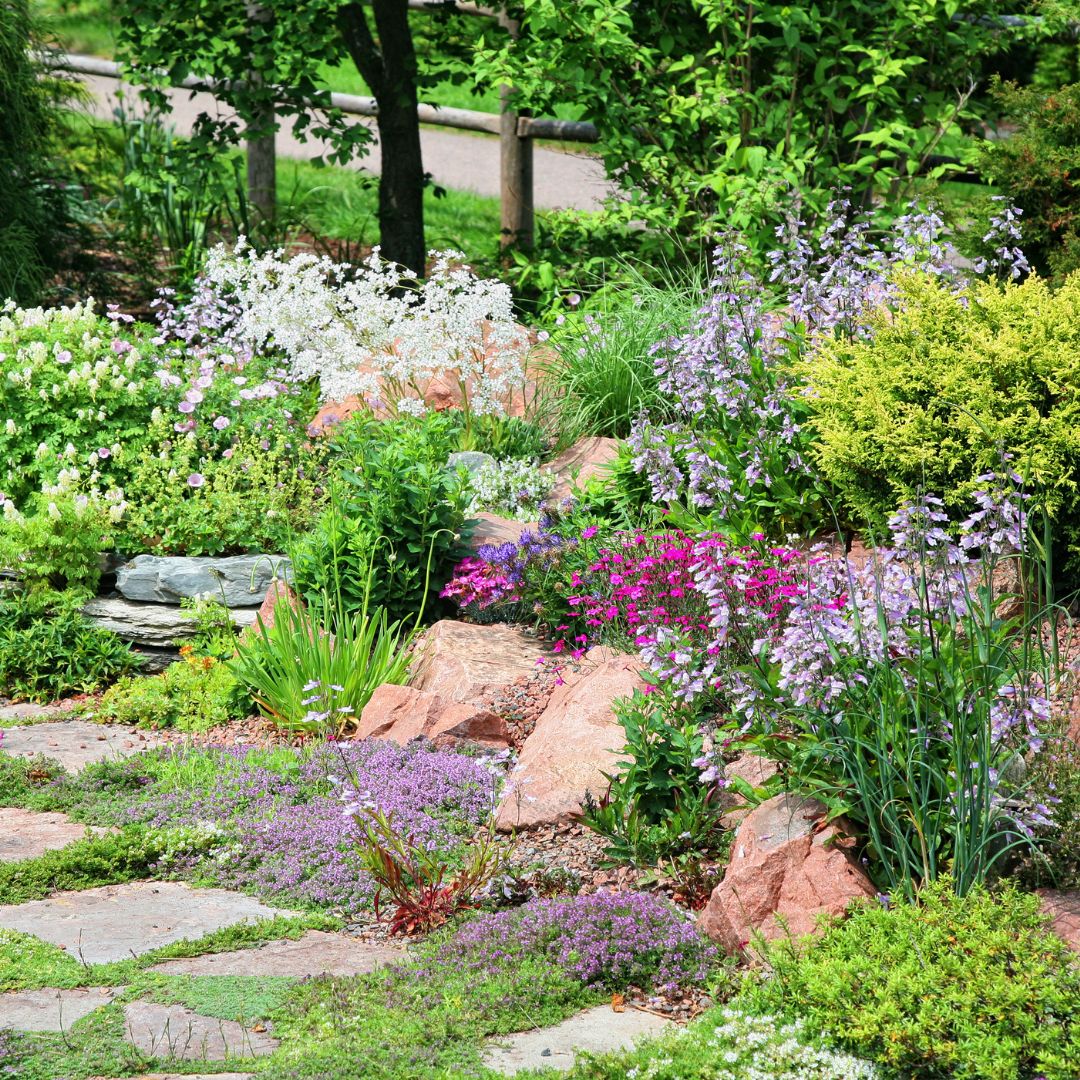

Spring is here and you know what that means. The 2024 gardening season is about to be in full swing here in our Colorado climate!


It’s nearly spring and we hear you! You’re ready for warm weather and colorful landscapes. Those early spring blooms are a bright, wonderful sign of


It’s a new calendar year and that means it’s time to dive into the new houseplant trends for 2024! There are some exciting new things